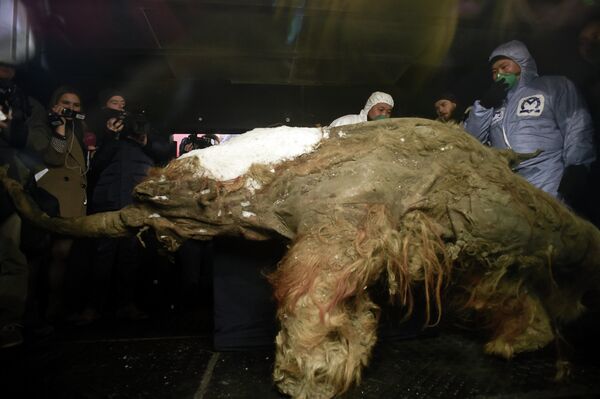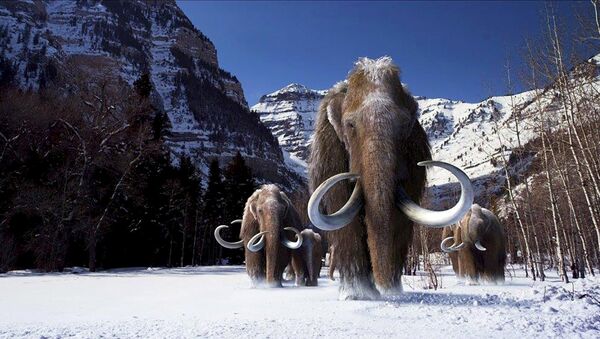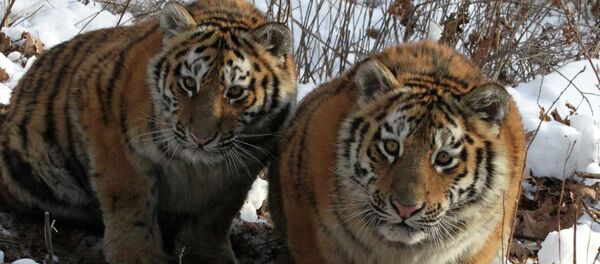"They are an excellent model to understand how morphological evolution works, because mammoths are so closely related to living elephants, which have none of the traits they had."
According to the findings, published on Thursday in the journal 'Cell Reports,' the mammoth DNA had some 1.4 million genetic variants which enabled them to survive in cold environments, linked to skin and hair development, fat metabolism, temperature sensation and circadian clock biology.
In addition, the scientists used techniques of ancestral sequence reconstruction to resurrect the mammoth genes responsible for temperature sensation, called TRPV3. After transplanting the gene to human cells in the laboratory for testing, the team found that TRPV3 in mammoths was less responsive to heat than the version found in Asian elephants.

"We can’t know with absolute certainty the effects of these genes unless someone resurrects a complete woolly mammoth, but we can try to infer by doing experiments in the laboratory," said Lynch.
Though the professor acknowledged the possibility of using such detailed reconstruction and analysis of the genome to bring the animal back to life, Lynch cautioned against pursuing such a project:
"Eventually we’ll be technically able to do it. But the question is: if you’re technically able to do something, should you do it?"
"I personally think no," said Lynch. "Mammoths are extinct and the environment in which they lived has changed. There are many animals on the edge of extinction that we should be helping instead."
Though it closest living relative is the Asian elephant, the woolly mammoth was around the same size as modern African elephants. The species died out in mainland Eurasia and North America at the end of the Pleistocene epoch 10,000 years ago, but a small population of 500-1,000 continued to survive on Wrangel Island in the Arctic Ocean until at least 3,700 years ago, after the island broke off from the mainland of Russia.


